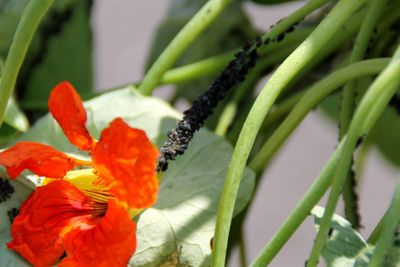What is Push-Pull Technology?
It can be a real challenge to avoid harsh and dangerous chemical pesticides that not only damage our environment by poisoning pollinators but can also poison us. With push-pull methods, however, this may be changing. Push-pull pest control is a chemical free method that has become very popular in Australia and Africa for food crops. How push-pull works is by using companion plants that deter and repel (push) insects away from important food crops and decoy plants that attract (pull) pests to different locations where they are trapped or preyed upon by beneficial insects. An example of this push-pull strategy for pest control is the common practice of interplanting plants like corn and Desmodium, then planting sudangrass around these corn fields. The Desmodium contains essential oils that repel or “push” stem borers away from the corn. The sudangrass then plays its role as a “pull” plant by not only attracting the stem borers away from the corn, but also attracting insects that prey on these borers – a win-win for everyone.
How to Use Push-Pull Strategy for Pest Control
Below are examples of some common plants and the role they can play when using push-pull in gardens: Push Plants
Chives – repels carrot flies, Japanese beetles and aphids Dill – repels aphids, squash bugs, spider mites, cabbage loopers Fennel – repels aphids, slugs and snails Basil – repels tomato hornworms
Pull Plants
Sorghum – attracts corn earworms Dill – attracts tomato hornworms Nasturtiums – attracts aphids Sunflowers – attract stinkbugs Mustard – attracts harlequin bugs Zinnia – attracts Japanese beetles
